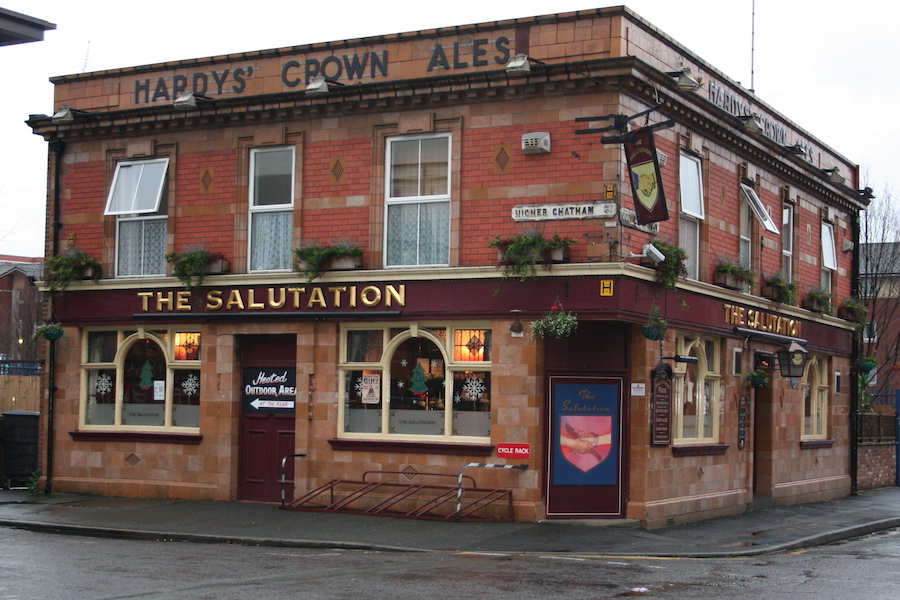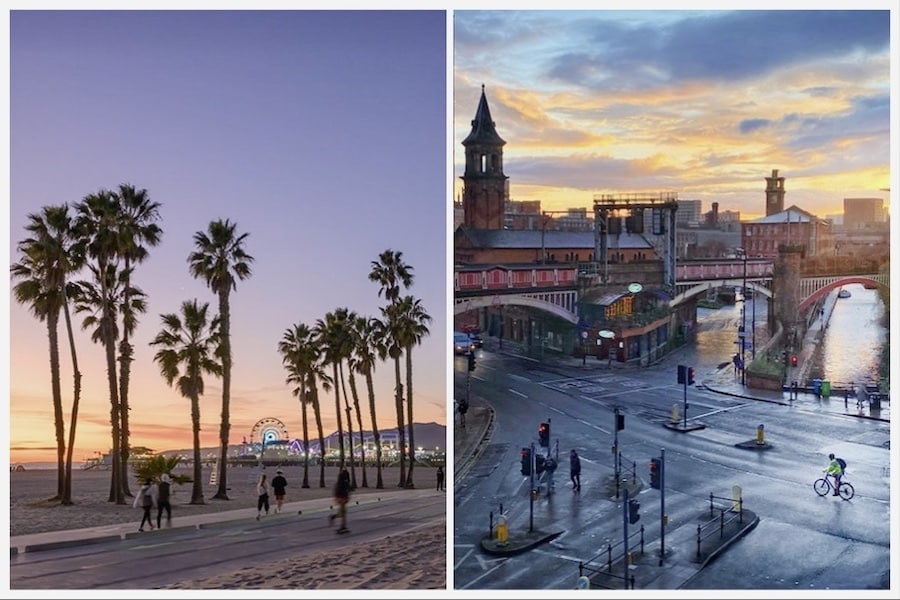Historic England reveals new North West heritage sites listed in 2020
- Written by Louise Rhind-Tutt
- Last updated 4 years ago
- History
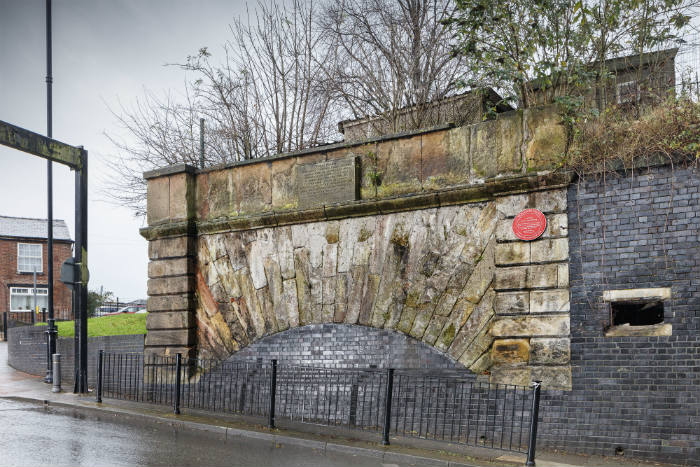
There are 423 new entries on the National Heritage List for England this year, with 58 of those in the North West.
The List identifies the buildings, sites and landscapes which receive special protection, so they can be enjoyed by current and future generations.
Sites listed in 2020 include a Knutsford schoolhouse for the poor dating back to 1692 and an innovative 1820s arch carrying the Bridgewater Canal over the River Irwell in Salford.
Another local highlight includes ingeniously camouflaged pillboxes on Saddleworth Moor, built by military planners in the early years of the Second World War to defend key roads into Manchester in the event of invasion.
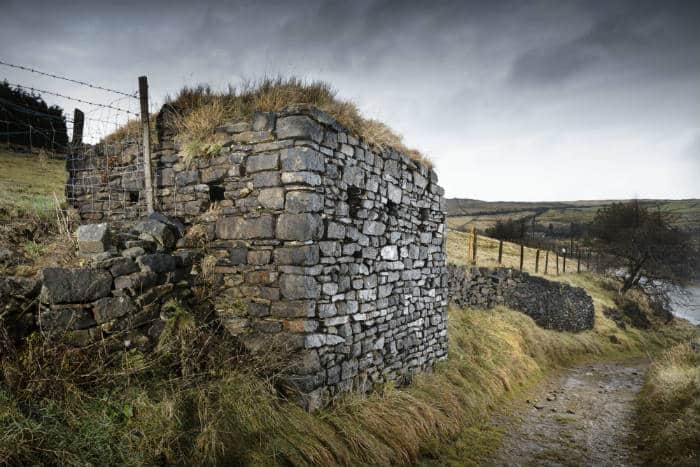
“Every year, we work with painstaking care to identify and protect the most significant historic sites up and down the great counties, towns and cities of the North West,” said Catherine Dewar, North West Regional Director.
“Despite the challenges that everyone has faced this year, 2020 has seen some wonderful additions to the List.
“From the engineering marvel which carried the Bridgewater Canal over the River Irwell in Salford, to lost Roman altars saved within a wall in Appleby, Cumbria, we have taken action to protect the cultural heritage cherished by communities across the region.”
Here are three North West highlights.
Ollerton School House, Knutsford – Grade II listed
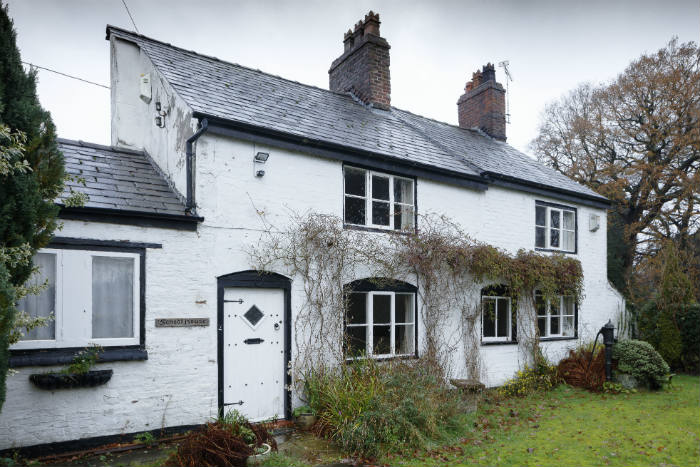
The School House was built in 1692 as a result of a bequest in the will of Samuel Leigh to provide a teacher’s house in the village of Ollerton.
A schoolroom was also built attached to it, opposite the pond and green in the heart of the village.
A new school was built opposite in 1876 following the passing of the Education Act of 1870, and School House became the headmaster’s house for the new school.
The building of the school commenced a period of some 300 years of continuous education in a very small rural village, until the new school closed in 1994.
The School House is a simple rural building retaining the layout and features of the school, as it was prior to the new school being built in 1876.
John McKenna, a spokesperson for the owners (the Trustees of the Ollerton Education Foundation – a charitable trust) said: “We are delighted that this historic building has now been listed by Historic England to preserve and protect it for the future.”
Barton Lane Aqueduct Portal, Salford – Grade II listed
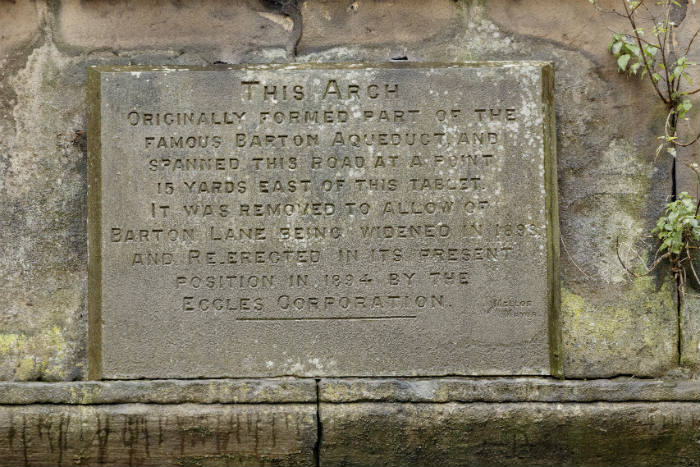
A marvel of engineering in 1761, the Barton aqueduct carried the Bridgewater Canal over the River Irwell.
At the time, the idea of sailing a barge over another navigable waterway was extraordinary.
The Duke of Bridgewater, who commissioned the canal, initially compared engineer James Brindley’s concept to building “castles in the air”.
Brindley’s confidence and the Duke’s faith in him were rewarded.
The project was an instant success, halving the price of coal in Manchester almost overnight through increased supply, and the aqueduct drew crowds of tourists to see this ‘wonder of the age’.
The arch across Barton Lane was the first in Britain to carry a canal over a public road. The arch was constructed to support the weight of the water, which was contained within a walled channel, lined with puddled clay.
The present arch of Classical design dates from 1820s improvements.
When the aqueduct was replaced in the 1890s by the swing aqueduct (itself unique), the affection for the earlier structure led to this arch being rebuilt alongside the road it used to straddle.
This is an early example of industrial heritage being recognised and preserved for future generations.
Second World War pillboxes on Saddleworth Moor in Oldham – Grade II listed at Bleak Hey Nook and Yeoman Hey Reservoir
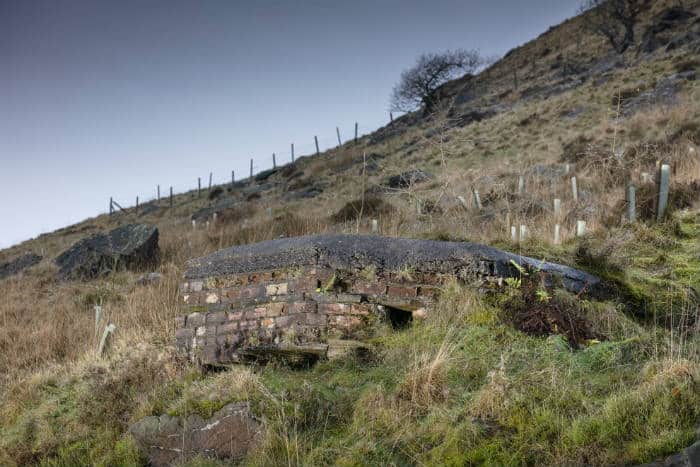
Built in 1940 or 1941 when the threat of imminent invasion was a real concern for Britain’s military planners, these defences guarded key road routes into Manchester over the moors from Yorkshire.
They did not form part of a ‘stop line’, but were part of a defended locality, protecting road routes across Saddleworth Moor from Barnsley and Hudderfield to Manchester.
Both locations made good use of natural camouflage and provided openings (also known as embrasures) for rifles or light machine guns.
Unlike the majority of pillboxes built at the time which were standard models of reinforced concrete, these defences were individually designed, and brick and stone was incorporated into their construction.
You can find out more about local listed buildings here.
- This article was last updated 4 years ago.
- It was first published on 18 December 2020 and is subject to be updated from time to time. Please refresh or return to see the latest version.
Did we miss something? Let us know: [email protected]
Want to be the first to receive all the latest news stories, what’s on and events from the heart of Manchester? Sign up here.
Manchester is a successful city, but many people suffer. I Love Manchester helps raise awareness and funds to help improve the lives and prospects of people across Greater Manchester – and we can’t do it without your help. So please support us with what you can so we can continue to spread the love. Thank you in advance!
An email you’ll love. Subscribe to our newsletter to get the latest news stories delivered direct to your inbox.
Got a story worth sharing?
What’s the story? We are all ears when it comes to positive news and inspiring stories. You can send story ideas to [email protected]
While we can’t guarantee to publish everything, we will always consider any enquiry or idea that promotes:
- Independent new openings
- Human interest
- Not-for-profit organisations
- Community Interest Companies (CiCs) and projects
- Charities and charitable initiatives
- Affordability and offers saving people over 20%
For anything else, don’t hesitate to get in touch with us about advertorials (from £350+VAT) and advertising opportunities: [email protected]
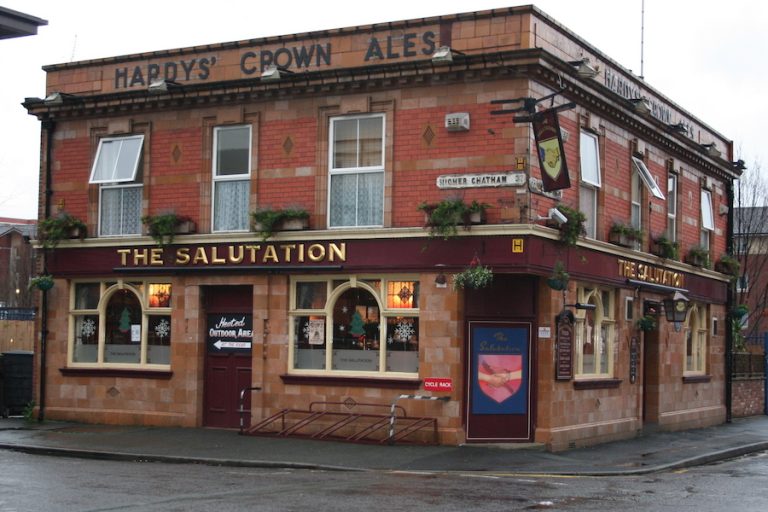
How The Salutation became a cornerstone of Manchester’s story

Ukrainian artist studying in Manchester shares inspiring message about living life to the full

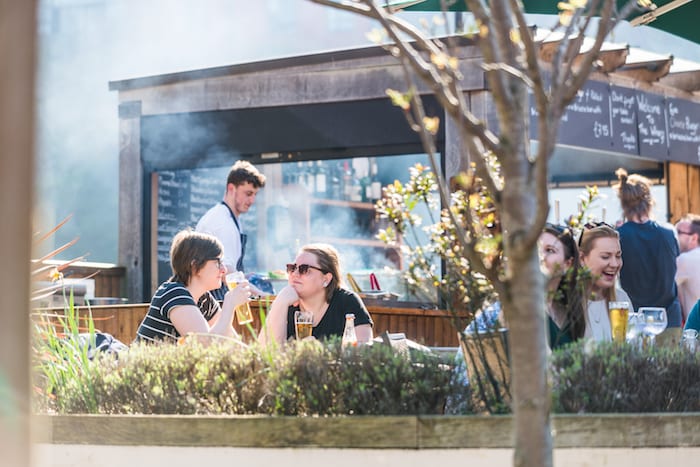
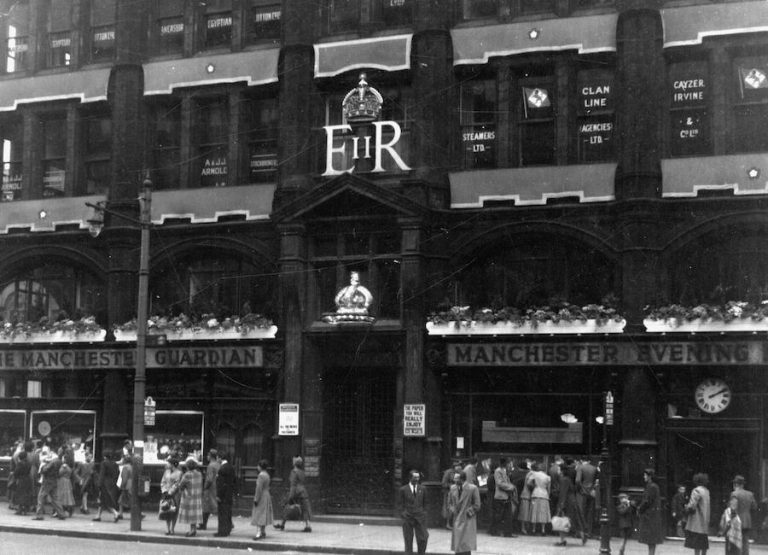
How Manchester’s turbulent past shaped a global icon of journalism










